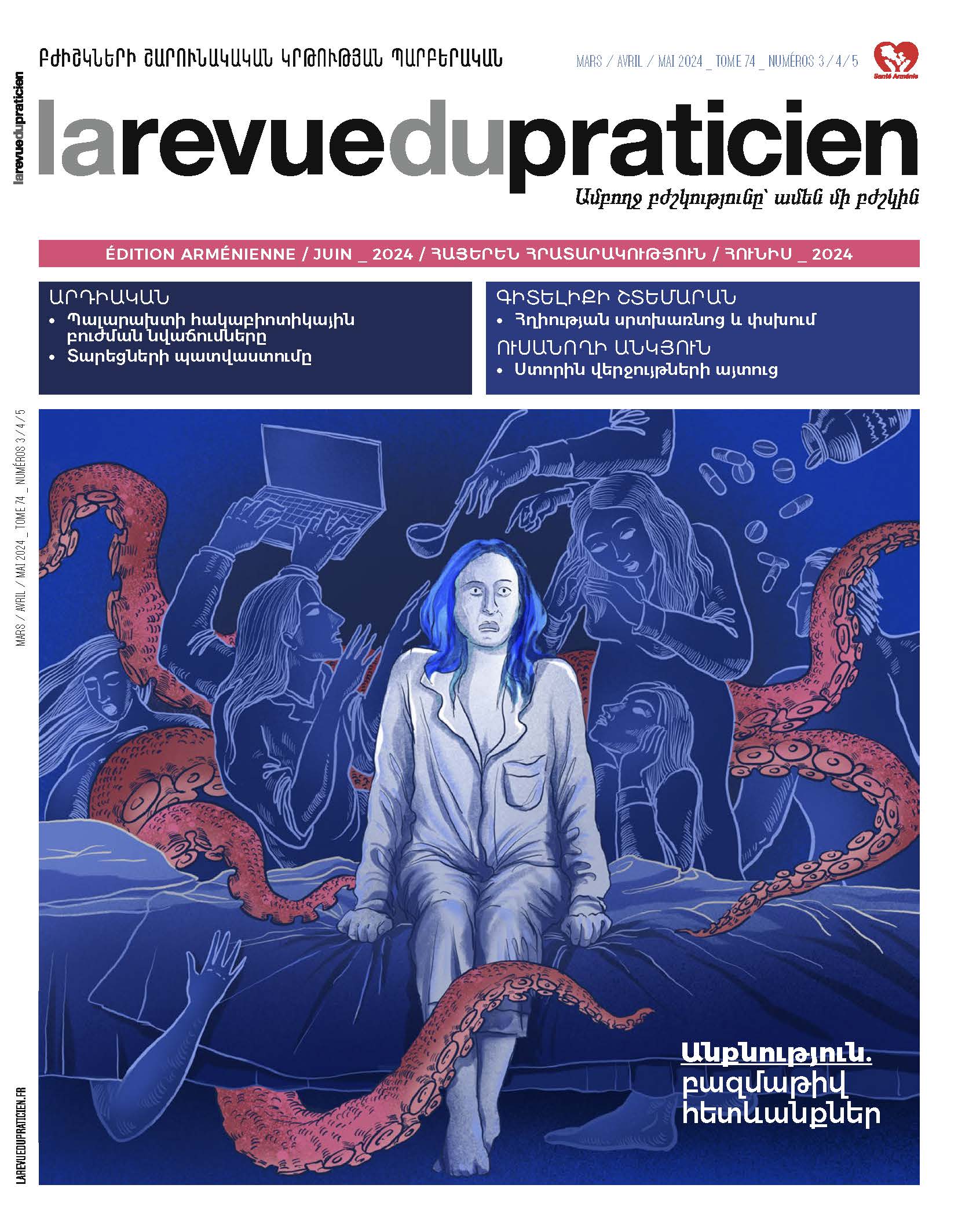Advances in antibiotic therapy for tuberculosis 8
Thomas Maitre, Lorenzo Guglielmetti, Jérôme Robert, Alexandra Aubry, Nicolas Veziris.Abstract
Treatment of tuberculosis is experiencing significant advancements. For the first time, a therapeutic regimen based on rifapentine and moxifloxacin allows for a reduction of treatment duration of drug-susceptible tuberculosis from 6 to 4 months. Regarding multidrug-resistant tuberculosis, combinations of new antituberculosis drugs (bedaquiline, linezolid, delamanid/pretomanid, moxifloxacin) have the potential to reduce the treatment duration from 20 to 6 months. Additionally, considering the extent of anatomical involvement and bacterial burden allows for strategies that involve variable treatment durations based on the severity of the disese. The new tuberculosis treatments thus appear to be shorter and more personalized.
